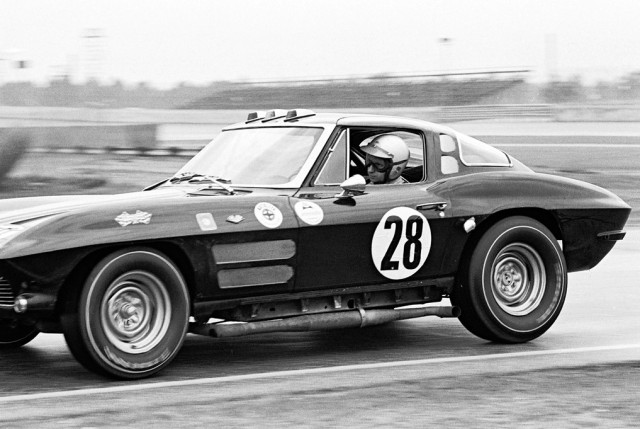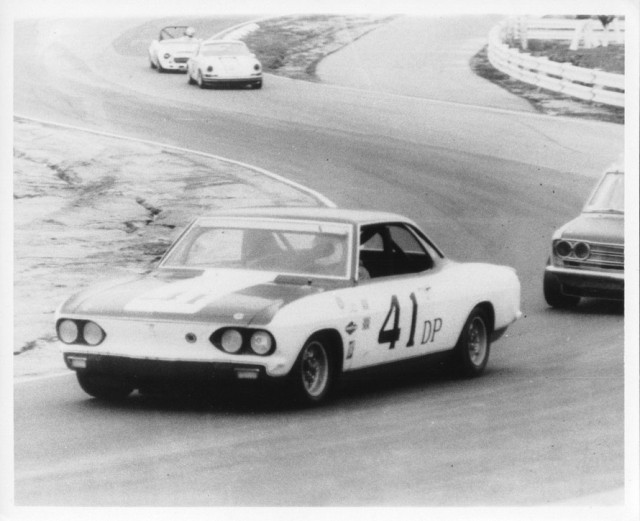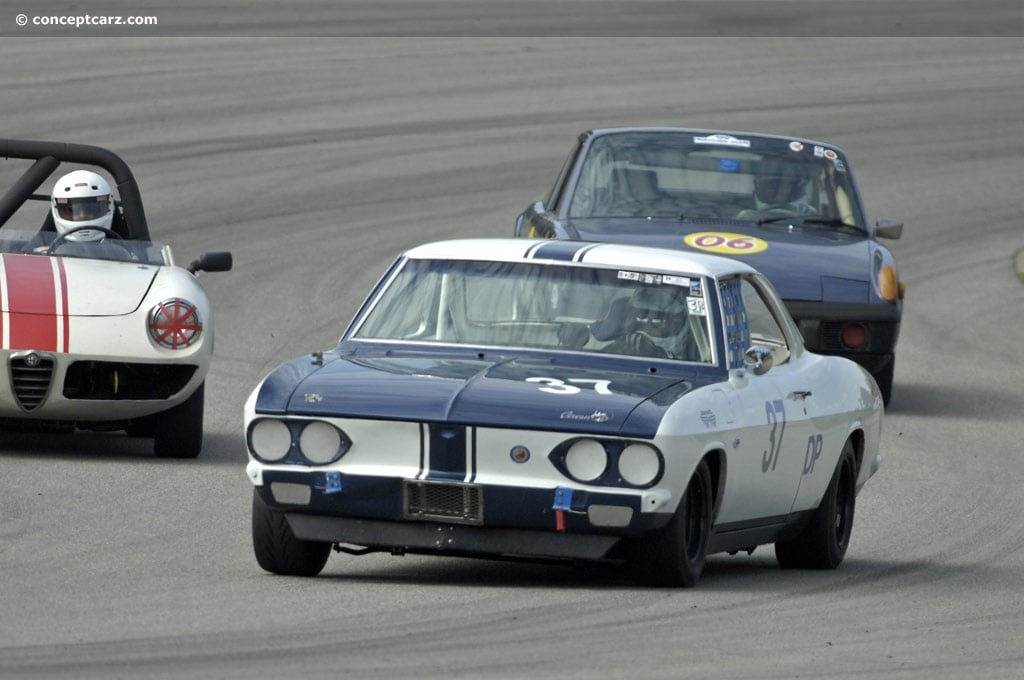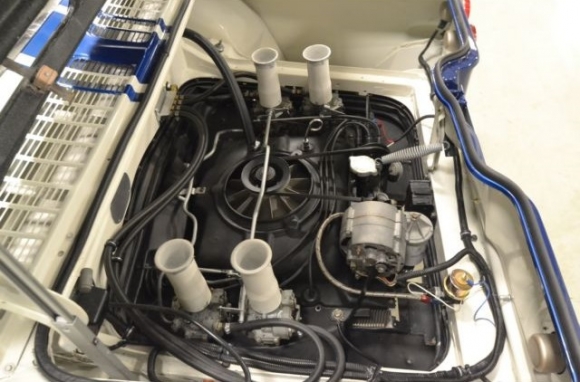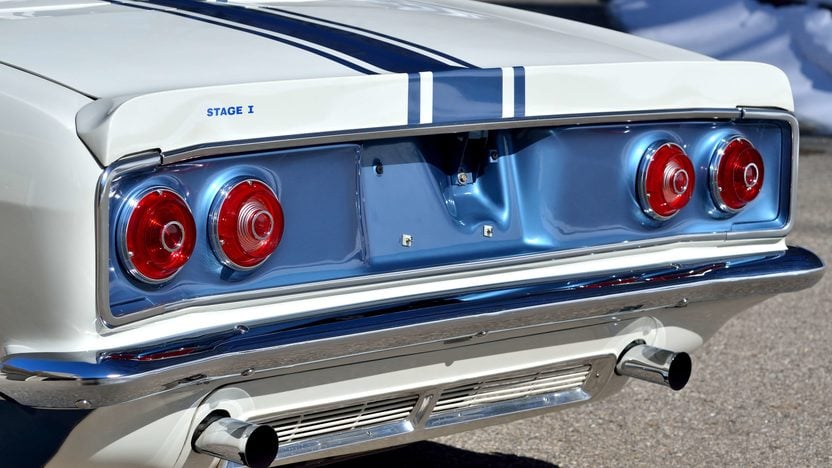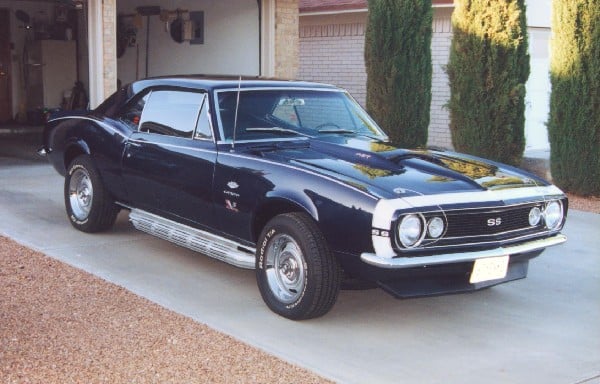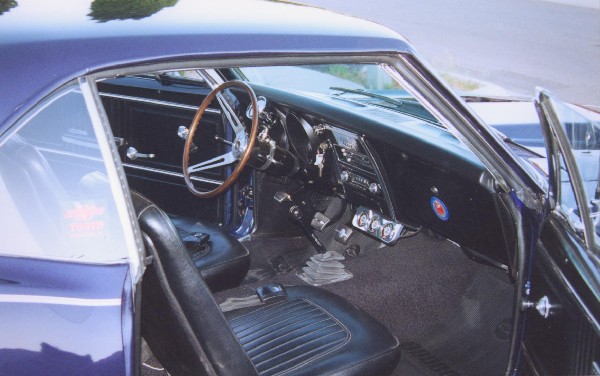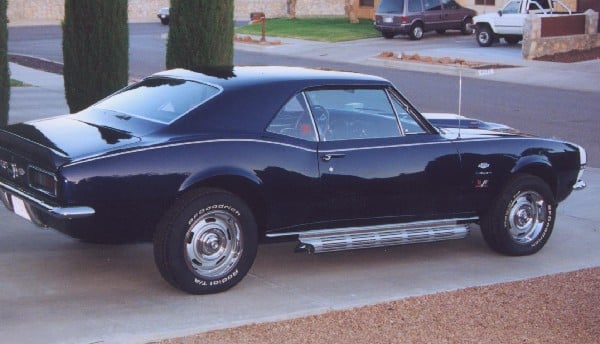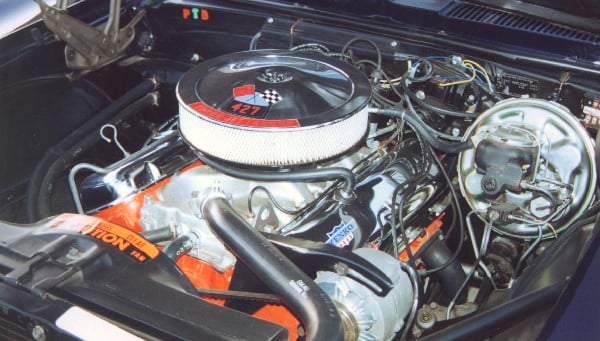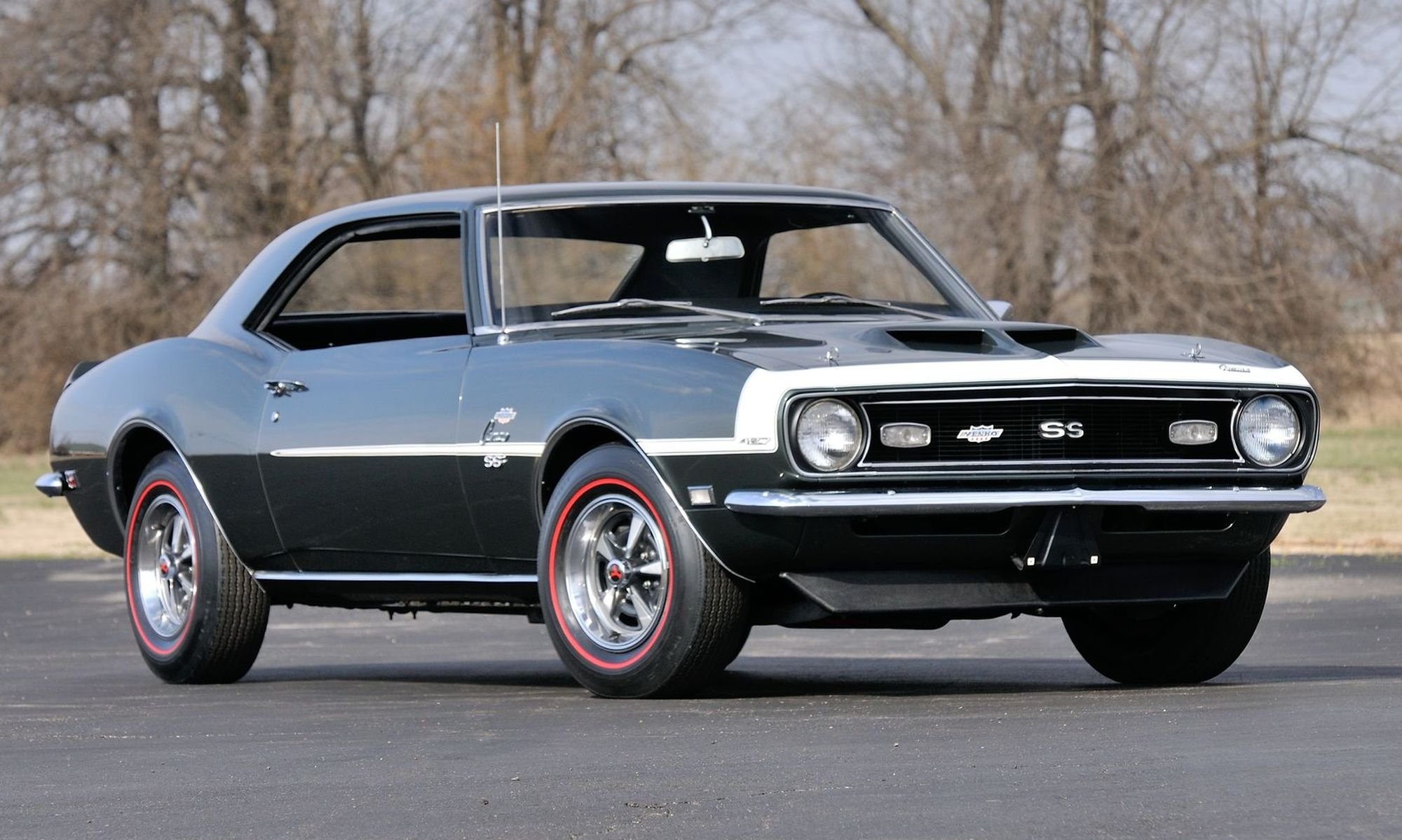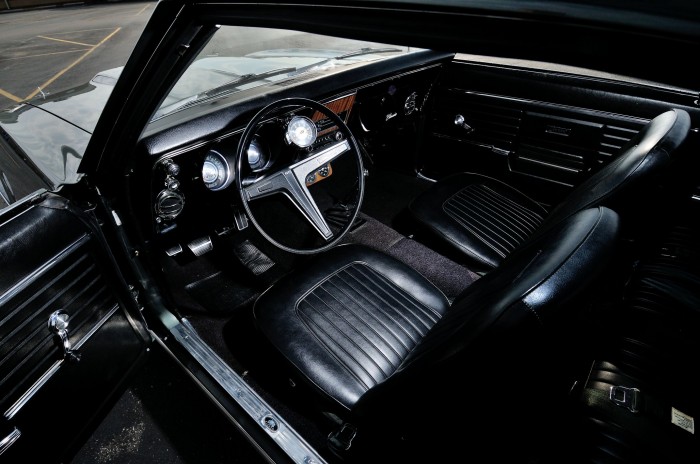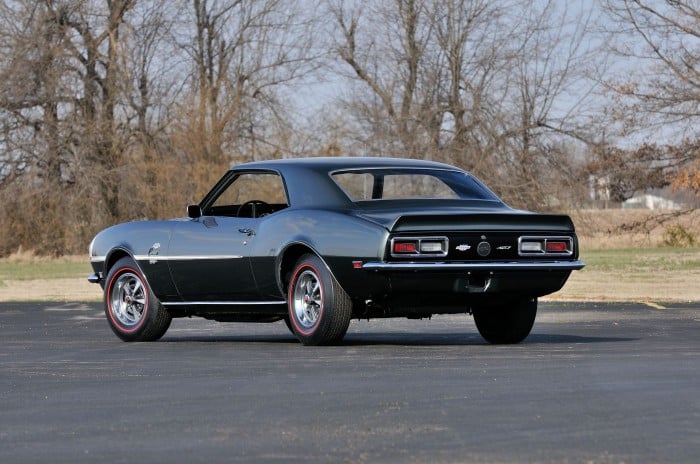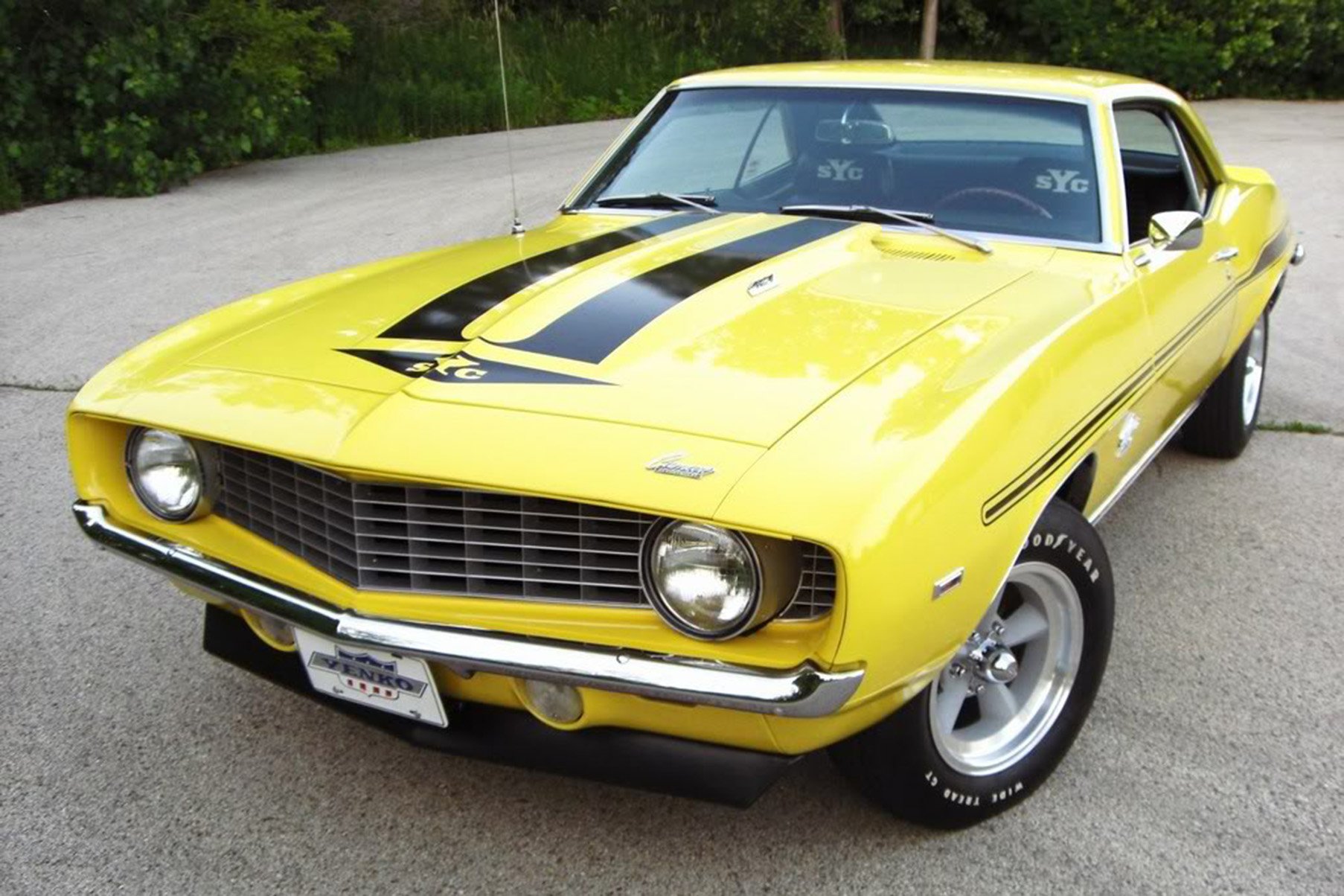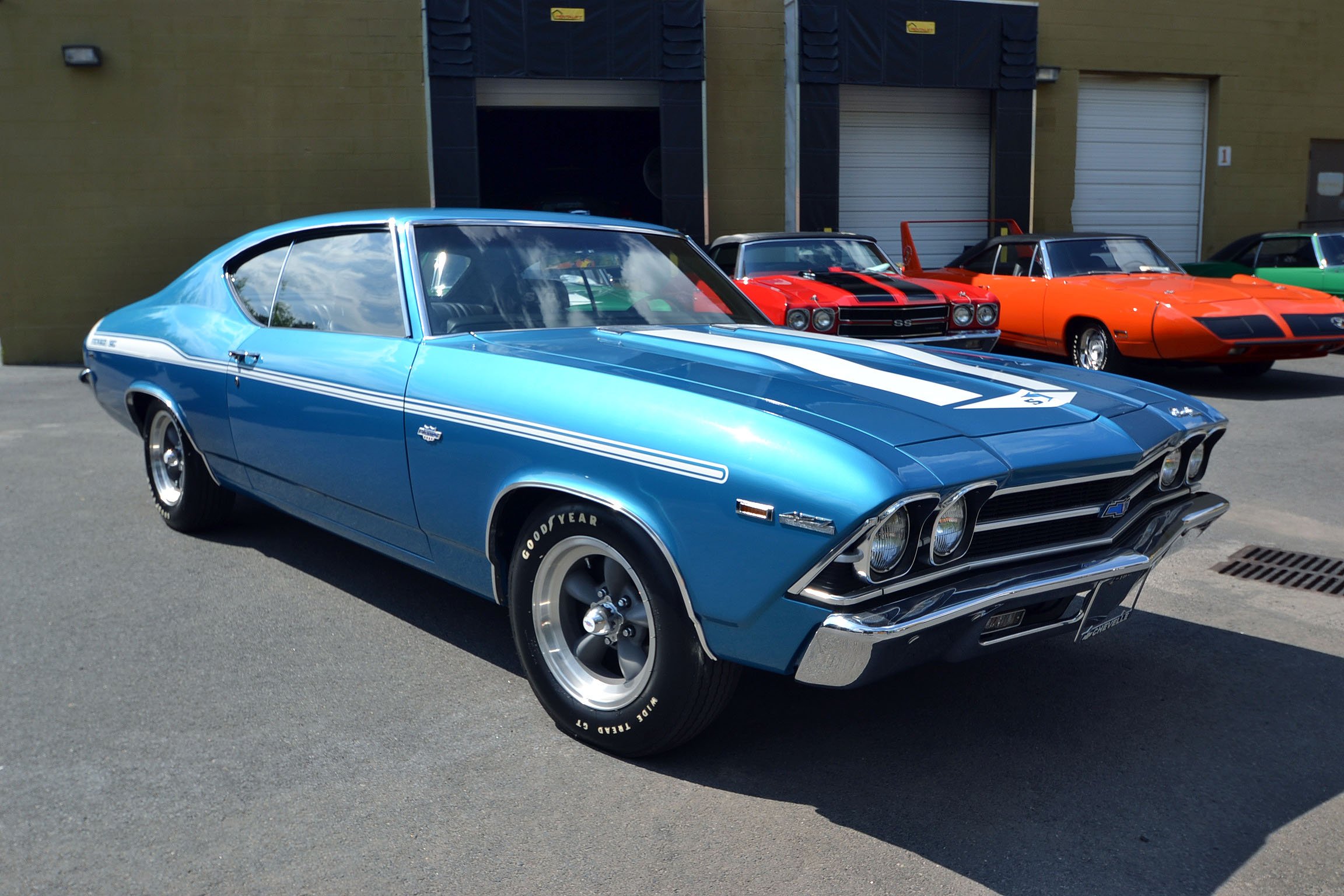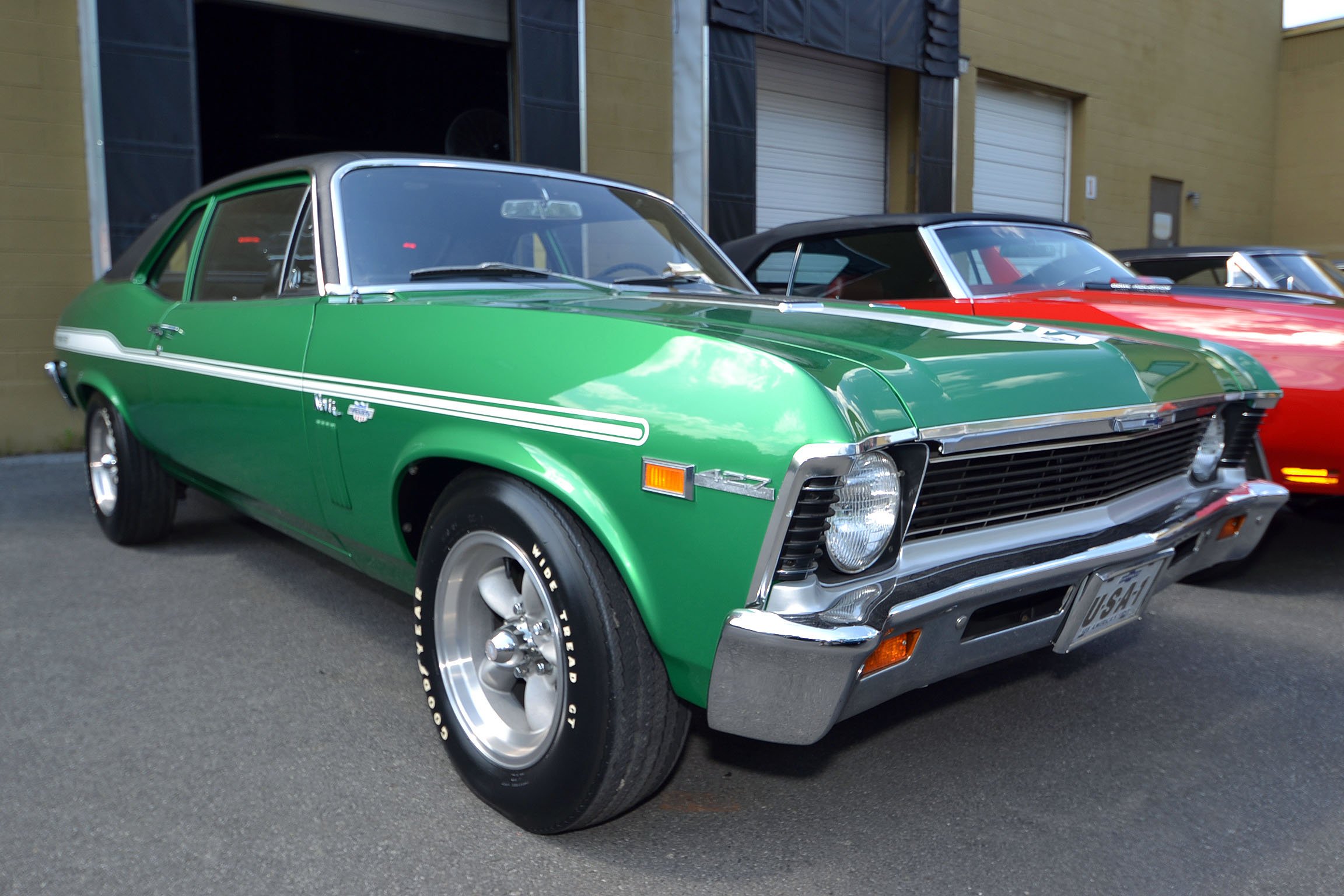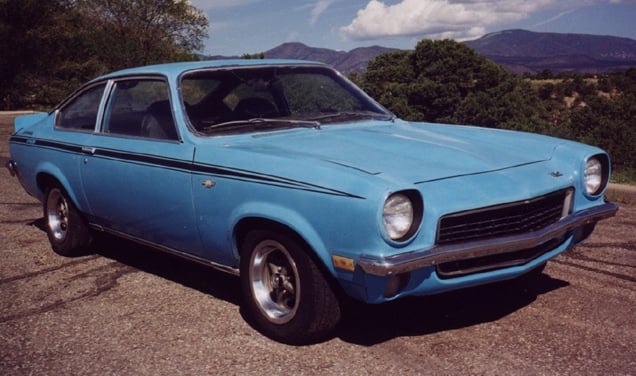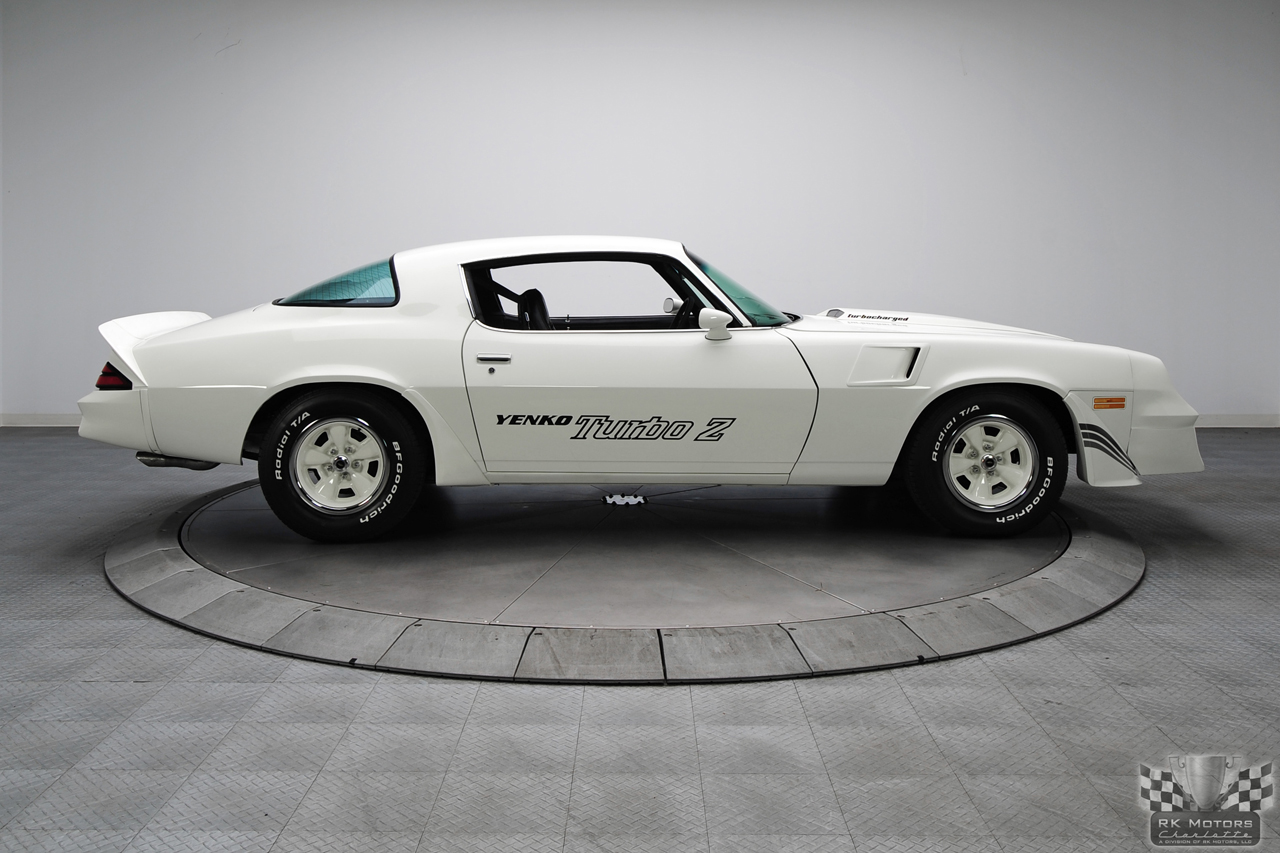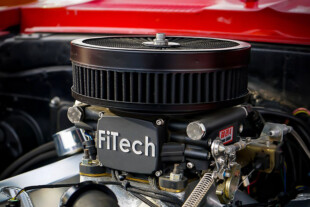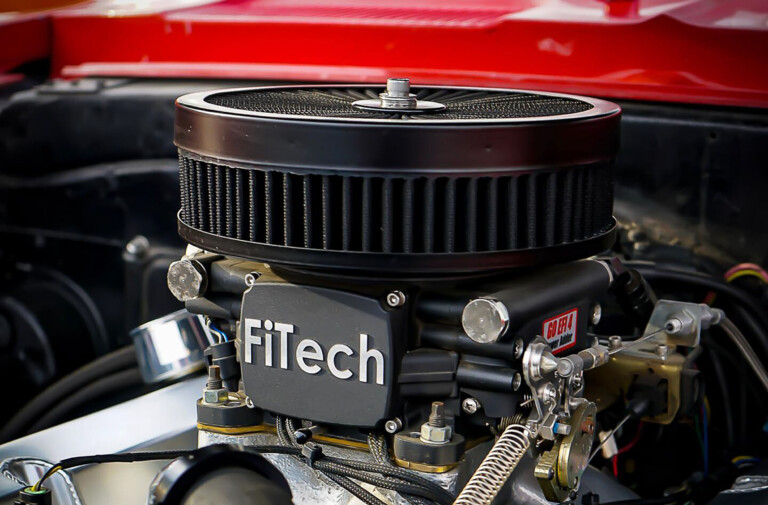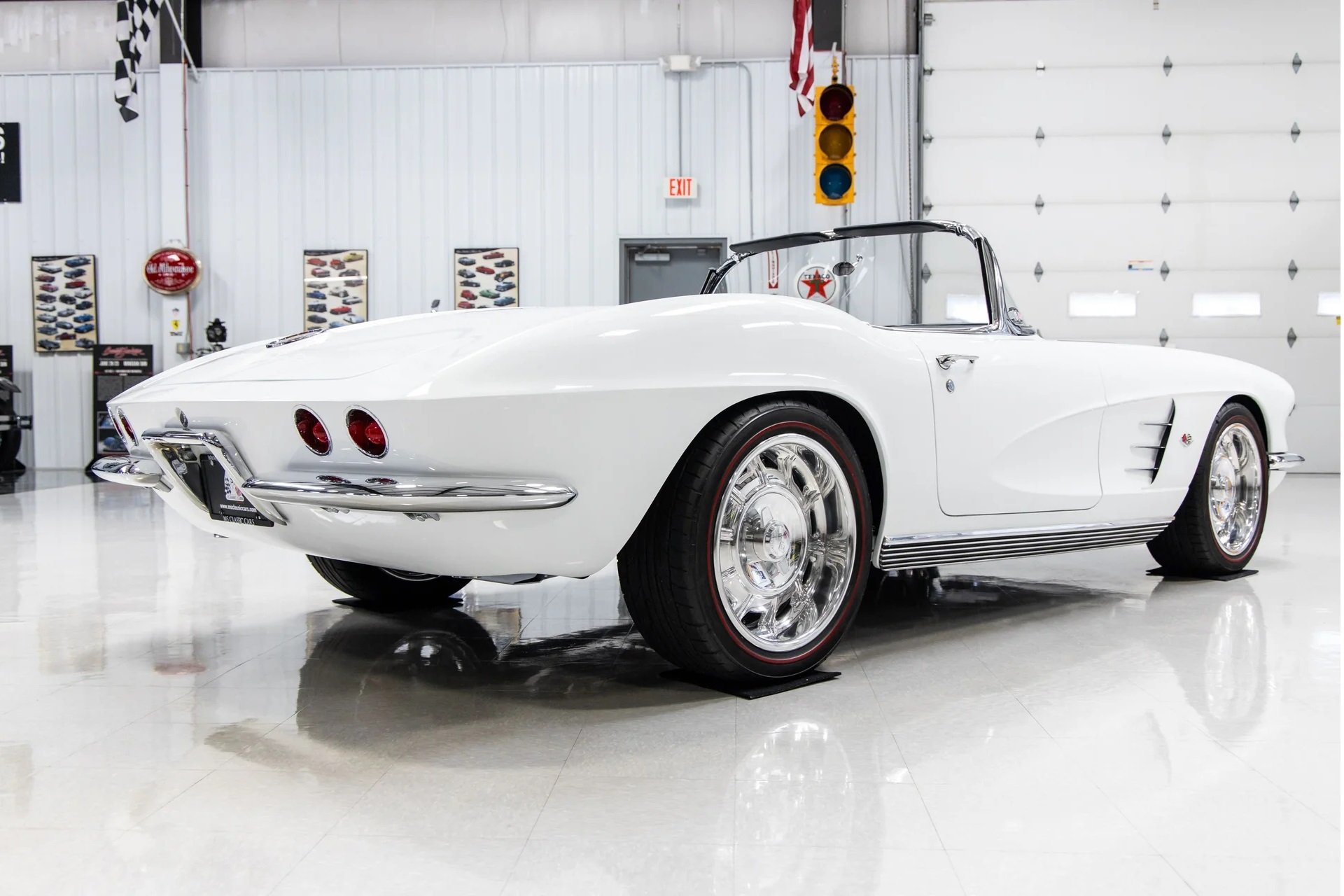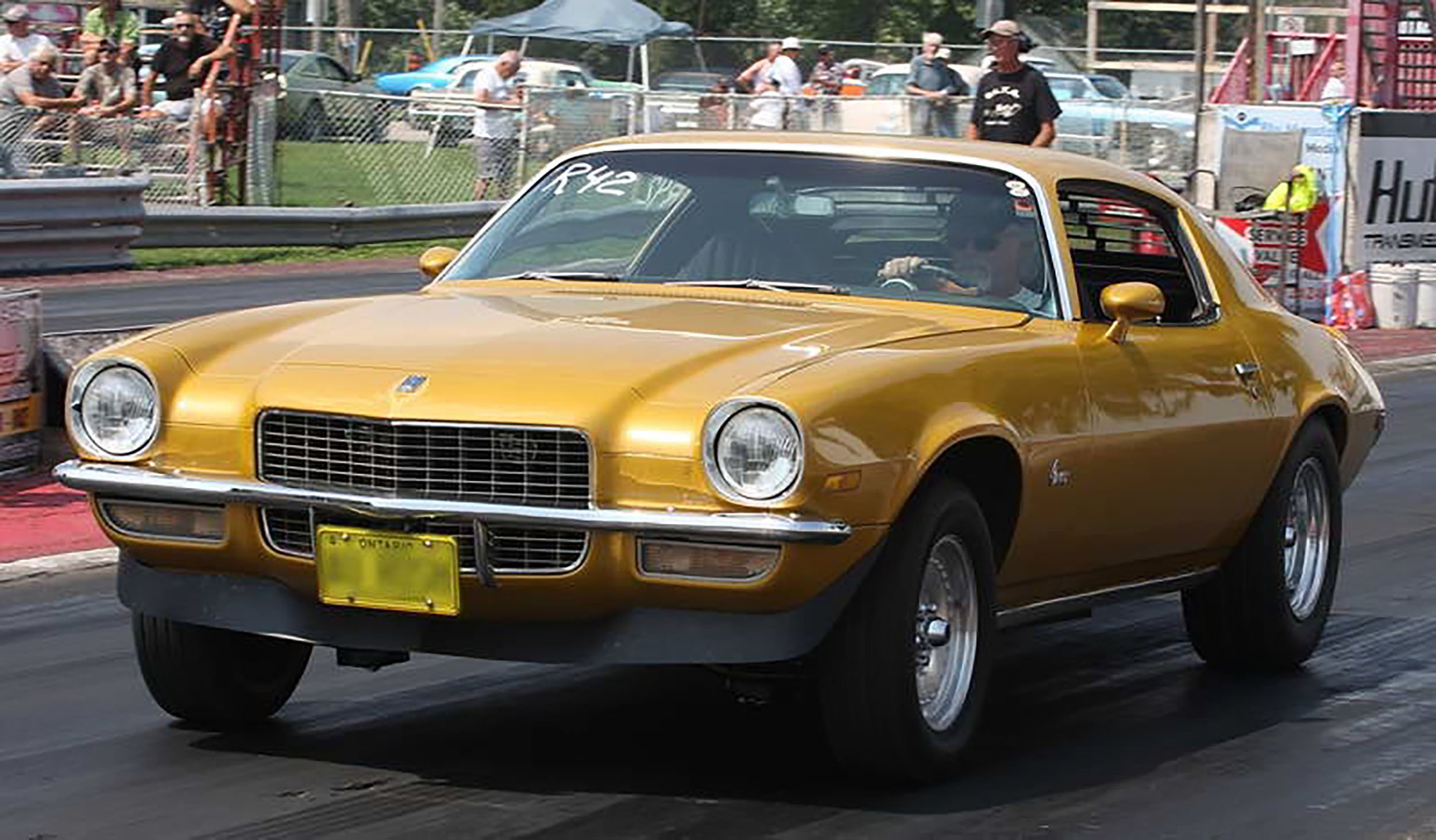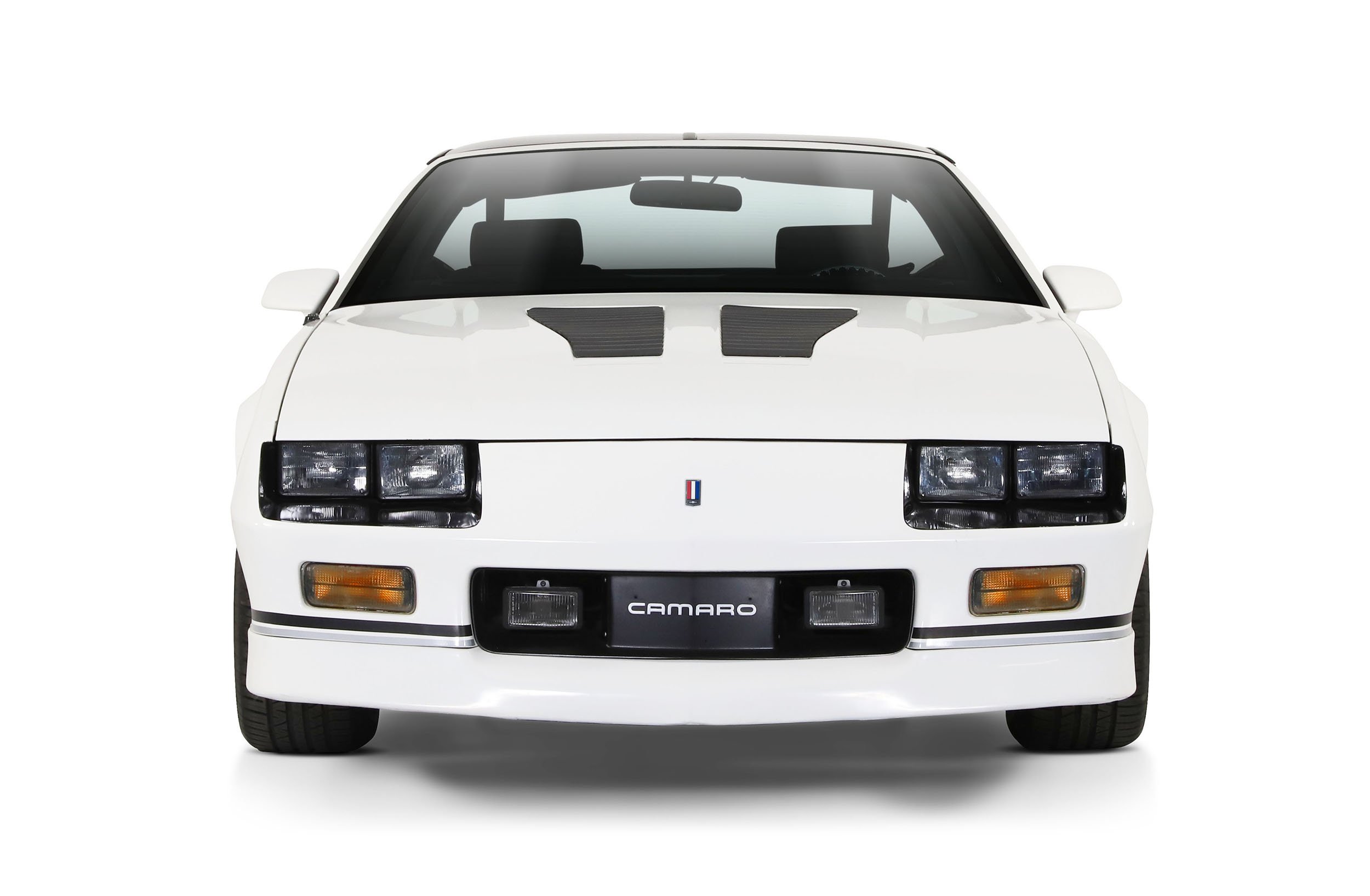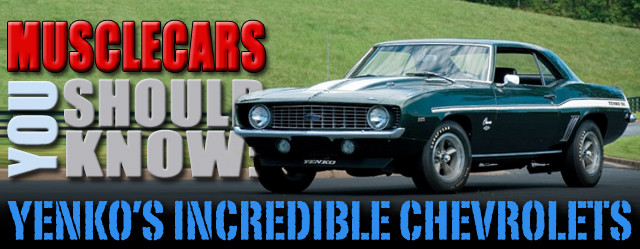 While not nearly as well known, Don Yenko was essentially Chevrolet’s performance counterpart to Ford’s Carroll Shelby. The son of a Chevrolet dealer in Pennsylvania, after serving in the Air Force and then receiving his business administration degree from Penn State, Don Yenko returned to his home state and set up a performance shop for Chevrolets while simultaneously racing Corvettes in various SCCA events in the region.
While not nearly as well known, Don Yenko was essentially Chevrolet’s performance counterpart to Ford’s Carroll Shelby. The son of a Chevrolet dealer in Pennsylvania, after serving in the Air Force and then receiving his business administration degree from Penn State, Don Yenko returned to his home state and set up a performance shop for Chevrolets while simultaneously racing Corvettes in various SCCA events in the region.
After co-founding the Corvette Club of Western Pennsylvania, Yenko’s racing career kicked into high gear when the club managed to recruit the vice-president of Gulf Oil, Grady Davis, who agreed to sponsor two Corvettes for the 1961 racing season, with Yenko and racer Dick Thompson selected for the driving duties. For the next three seasons the Corvettes would dominate A and B Production class racing, with Yenko securing the B Production championship in 1962 and again in 1963.
However, Don wanted more to his legacy than just racing success – he wanted the Yenko name to be synonymous with uncompromising Chevrolet performance. But by the mid-1960s the Corvette had grown in size and weight, and the Shelby-engineered Mustangs and Cobras had begun to take over as the leading force in American racing.
Don is famously quoted as saying he was “tired of looking at the rear bumper of Mark Donohue’s Mustang,” and decided to take a page out of Carroll’s playbook when he looked into the possibility of creating his own brand of Chevrolets engineered specifically for road racing.
Yenko Stinger
While Shelby was focusing on the Trans Am series with Ford’s pony car, Don had a decidedly different idea, choosing Chevy’s rear-engine Corvair as his first test subject. Though 500 pounds lighter than the Corvette, the Corvair seemed like an unlikely candidate at first glance.
But Yenko quickly set to work in early 1965 to make the Corvair Corsa a viable contender in D Production class racing, beefing up the motor, tweaking the suspension, and designing the aero body add-ons. He used cut-up pizza boxes for the designs, as detailed in the article he wrote for the June of 1966 issue of Sports Car magazine in which he discussed the engineering process.
But in order to qualify for the 1966 race season, Yenko faced a significant challenge: The SCCA hadn’t given him approval to run his modified Corvair Corsa until November 1st of 1965, and in order to run it in D Production class in the upcoming season, he needed to produce 100 road-going examples of the car by January 1st, 1966.
Quickly procuring the needed Corvairs from Chevrolet, and with round-the-clock assistance from his dealership staff, Yenko converted all 100 cars into what would be known as the Yenko Stinger in just two weeks.
The Yenko Stinger proved to be competitive in its class and limited production of the high performance variant continued throughout the mid to late ’60s. But more importantly, the introduction of the model allowed Don Yenko to establish a network of dealerships throughout the country where he could sell his Yenko Super Cars.
Yenko Camaro
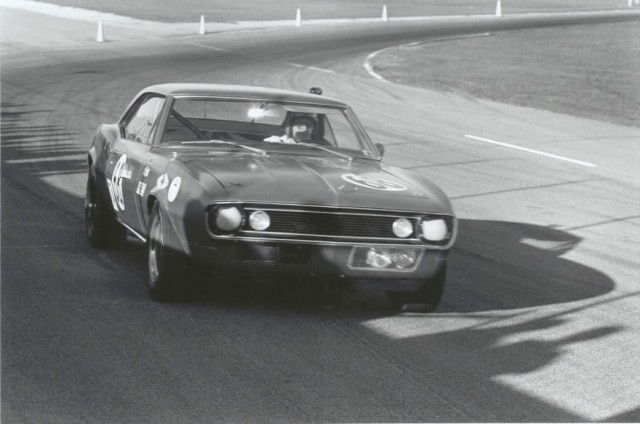
Justy two of these race-only Yenko Camaro Stormers were produced before Don turned his attention toward road cars for use on public streets.
Taking the lessons learned on the Stinger project, Yenko then set his sights on the A Sedan class in Trans Am racing, at the time a production based class with a massive following. Using the newly introduced Camaro Z/28 as the template, Yenko created the purpose-built Camaro Stormer road racer. But the project dissolved quickly, with Yenko selling just two of the models, and he decided to change his tactics with the Camaro.
When the Camaro debuted 1967, General Motors had in place an internal edict that no intermediate or compact-bodied models would offer a motor larger than 400ci. This put the Camaro at a distinct disadvantage to the Ford Mustang and offerings from Dodge and Plymouth, as Mopar and the Blue Oval had no such restrictions in place.
However, Don Yenko discovered a workaround. With help of Dick Harrell, who had previously worked with Nickey Chevrolet, and Bill Thomas, who had assisted Dana Chevrolet in the development of a Camaro 427ci V8 conversion, Yenko sorted out the engineering required to shoehorn that massive big block into the Camaro, which resulted in a road-going monster capable of high 11-second quarter mile sprints at the drag strip as it came from Yenko’s lot.
A 1967 Yenko Camaro. Images: Mecum
Equipped with a 4.10 rear end, heavy duty suspension setup, and a fiberglass “Stinger” hood similar to the design found on the big block 1967 Corvettes, 427ci L-72 V8-powered Yenko Camaro offered either an M22 Muncie 4-speed manual gearbox or a 3-speed automatic to channel the power of its 450 horsepower big block.
The model was a near-instant success for Yenko, and for the 1968 model year he refined the design, adding unique visual tweaks to the Yenko Camaros to help them stand out from the more pedestrian Camaro models, including special wheels, hubaps, and badging. Still a limited-production project, just 64 Camaros got Yenko’s conversion in 1968, but the tide continued to shift in Yenko’s favor.
1968 was essentially a carry over year for the Camaro, with Chevrolet only applying minor tweaks to the car. Yenko added a few additional tweaks of his own over his previous effort, like the dual snorkel fiberglass hood. Images: Hemmings
By 1969, Yenko had convinced Chevrolet to create a special internal production number that would allow him to order Camaros equipped with the 427 big block motor directly from that factory rather than forcing Yenko’s dealerships to convert the cars after their delivery.
Known as a Central Office Production Order code, or COPO code, this largely unknown option allowed both Yenko and would-be customers in the know to order Camaros equipped with that top-spec (and normally verboten) hardware.
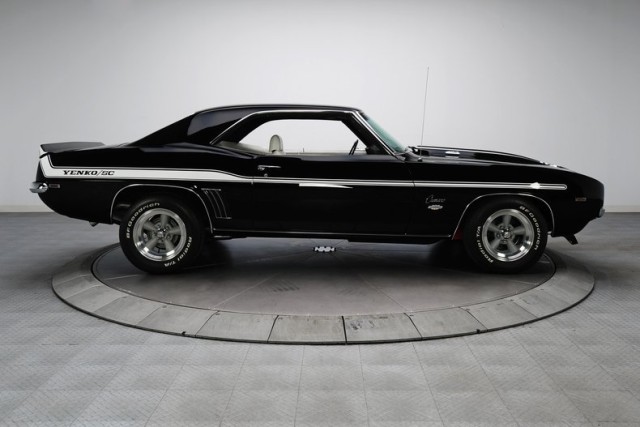
Along with Chevrolet’s tweaks to the Camaro’s body for 1969, Yenko added a graphics package and a set of American Racing Torq Thurst wheels to kick things up a notch. Image: RK Motors
Yenko would go on to produce a total of 201 Yenko Camaros for the 1969 model year, replete with a cowl induction hood, unique side graphics and badging, and of course the most potent performance motor available from the GM factory. Yenko’s dealerships also cranked out a limited number of 427-powered Chevelles and Novas with a conversion treatment similar to the Camaro that same year.
Along with the Camaro, Yenko also gave the Super Car treatment to the Chevelle and Nova for 1969. Images: Hemmings, Yenko.net
A Shift In The Tide
But just as quickly as Yenko had ramped up production, the constraints of government regulations and skyrocketing insurance costs that would soon put a halt to the muscle car era across the industry affected his own plan for high performance supremacy. In 1970, Yenko would only have the small-block powered Yenko Deuce Nova on offer.
By 1971, Yenko’s sole offering was the Stinger II, a turbocharged version of the Chevrolet Vega GT compact. The following year Yenko stopped selling modified cars altogether, instead offering conversion options through a high performance parts catalog.
The Yenko Stinger II and Turbo Z, respectively. Images: RK Motors, Yenko.net
His last foray into the high performance conversion game would come in 1981, when Yenko offered the Turbo Z, which added a turbocharger to the Camaro’s 350ci V8. The following year Yenko sold off his dealership, which had been in the family since 1934.
With such a low number of cars produced, along with the incredible performance of the Yenko Super Cars during their heyday, these rare monsters are some of the most highly valued muscle cars on the market today. There’s little doubt that these sought-after cars will continue to increase in value as the years go on – a testament to Yenko’s brief but inspired legacy in the realm of domestic performance.



